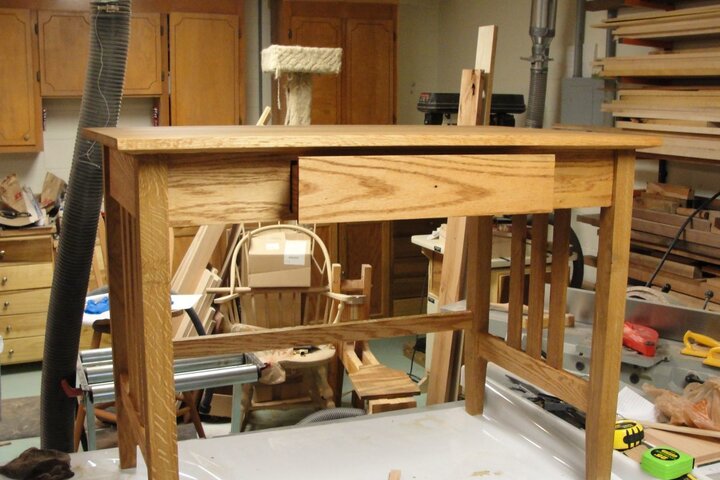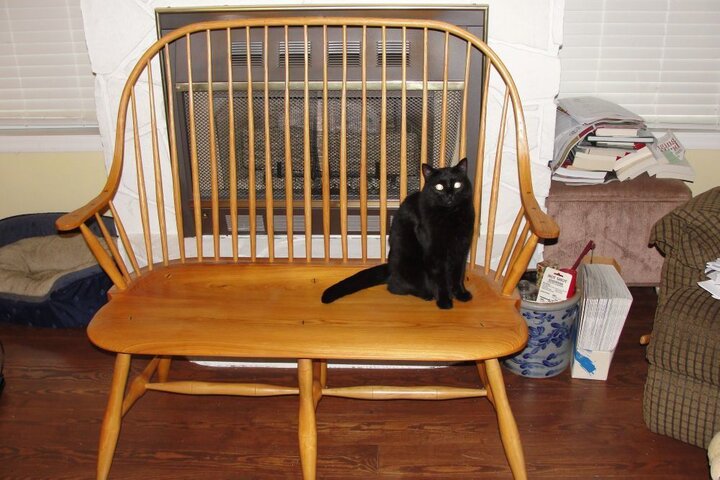I'm a student working in a college scene shop where there isn't actually a technical theater program. Weird situation. We're currently working to develop a more cohesive introduction to carpentry for student workers. The people who know what they're doing all have good safety practices and we can pass that knowledge/instinct on to others.
Mostly I am looking for help coming up with a good project or two that can be used to introduce people to the practical uses of the tools we use every day: chop saw, table saw, panel saw, screw guns, pneumatic staplers/nailers, etc.
Dirty hippies that we are, most of our theater program is highly experimental and doesn't necessarily use much set, but a couple of times a year someone wants a huge set, or other student groups come in needing urgent help with projects for the TV program or whatever and the scope and time frame aren't really conducive to training people.
Any suggestions for projects that use those tools without using a lot of materials (small boxes, stools, whatever you can throw at me.) will be greatly appreciated. If you want to suggest other/additional ways of imparting this information to groups of 5-10 people at a time that would be great too!
Mostly I am looking for help coming up with a good project or two that can be used to introduce people to the practical uses of the tools we use every day: chop saw, table saw, panel saw, screw guns, pneumatic staplers/nailers, etc.
Dirty hippies that we are, most of our theater program is highly experimental and doesn't necessarily use much set, but a couple of times a year someone wants a huge set, or other student groups come in needing urgent help with projects for the TV program or whatever and the scope and time frame aren't really conducive to training people.
Any suggestions for projects that use those tools without using a lot of materials (small boxes, stools, whatever you can throw at me.) will be greatly appreciated. If you want to suggest other/additional ways of imparting this information to groups of 5-10 people at a time that would be great too!




